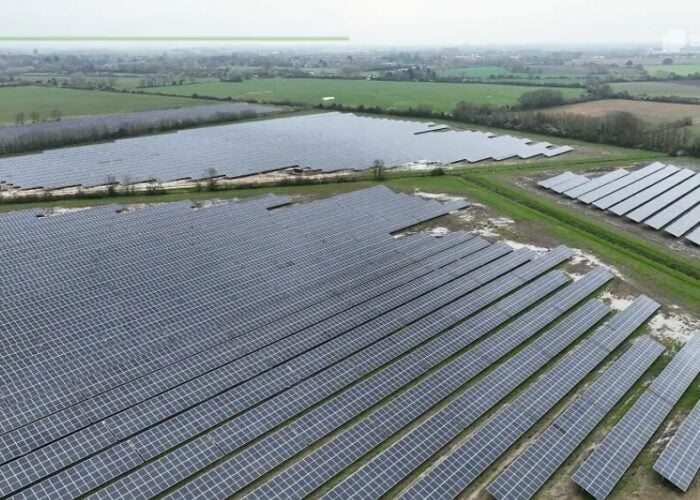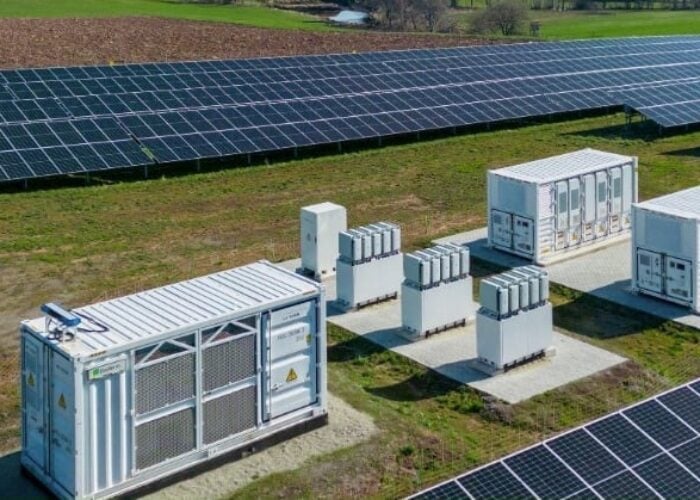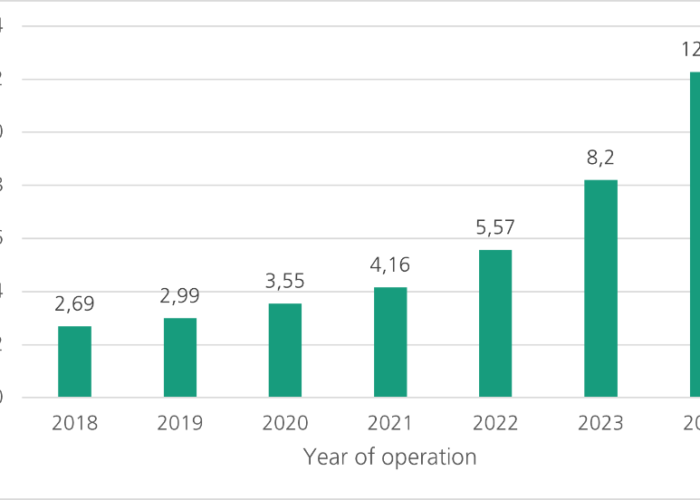Investments in utilities have, for good reason, earned a reputation for steady, reliable, returns. And as the global energy transition sees renewable energy evolve from being a subsidised optionality, it would appear that it isn’t just the world’s power generation portfolio that is being redefined. Recognising that the adoption of utility-scale solar is being driven by market realities, there is growing evidence that investors too are reshuffling their portfolios.
Given that investing is hardly, if ever, driven by altruistic motives, this transition is a clear indication of the fact that renewables in general and solar in particular can now stand shoulder-to-shoulder with conventional power generation sources, technically and economically. And, as market realities drive global growth in solar energy, the fact is that utility-scale solar makes a good investment for a range of reasons; the most obvious one being resource reliability.
Try Premium for just $1
- Full premium access for the first month at only $1
- Converts to an annual rate after 30 days unless cancelled
- Cancel anytime during the trial period
Premium Benefits
- Expert industry analysis and interviews
- Digital access to PV Tech Power journal
- Exclusive event discounts
Or get the full Premium subscription right away
Or continue reading this article for free
Solar advocates like to point to the fact that every hour the sun beams more energy onto our planet than we need to satisfy our total power needs for an entire year. Beyond the rhetoric, however, solar irradiation has never been better understood than it is today, making it a more reliable fuel source than it’s ever been. In fact, irradiation has been mapped in great detail in most parts of the world and sophisticated measurement technologies – such as pyranometers – supplement global data with the site-specific information required to accurately forecast energy output and facilitate engineering.
PV technology itself has evolved to such an extent that accurate energy forecasts can now be created for a planned solar project, factoring in solar irradiation, weather modelling and technological variables, such as improvements in conversion efficiency. The latter is crucial when you consider that companies continue to make leaps forward in efficiency and will continue to do so in increments that would have a positive impact on the profitability of a future project.
While a common criticism from conventional energy proponents is that solar PV is too inefficient to be a major power player, or a good investment, recent efficiency records prove otherwise. The more recent of these records – certified by globally recognised independent laboratories – will, in a matter of time, translate into high efficiency modules rolling off the production line, moving us closer to more effectively exploiting sunlight as an energy source.
Technology also plays an important role in defining a PV power plant’s bankability and, therefore, its attractiveness to investors. Not all PV technologies were created equal, with some – such as thin film – providing certified benefits in hot climates and challenging environments. Similarly, as can be expected from a rapidly consolidating industry, few solar energy companies have the balance sheets to support investments in research and development or, for that matter, to stand behind 25-year performance warranties
The final element that attracts investors is the fact that utility companies around the world are increasingly embracing solar. Legacy concerns about adding variable generation to the grid and its potential impact on stability have proven to have been unfounded. On the contrary, utility-scale solar has been shown to stabilise the grid, while enabling the optimisation of existing conventional generation assets, delivering cost-competitive electricity and, as a bonus, allowing utility companies to comply with ever more stringent emissions regulations.
Add lucrative but sustainably designed feed-in tariffs (FiTs) or long-term power purchase agreements (PPA) to the equation and it’s easy to see why experienced investors, with an eye on the future, have ramped up their solar investments and, by all indications, will continue to do so.
This appetite for investment has, in turn, had a catalytic impact on the solar industry: sustainable growth translates into efficiencies that continue to help drive down costs and improve energy output, making solar PV an ever more attractive investment. It is in this context that we see a future where, at the peak of the global energy transition, solar power plants will be as ubiquitous conventional generators and the position of today’s visionary investors will have been vindicated.






